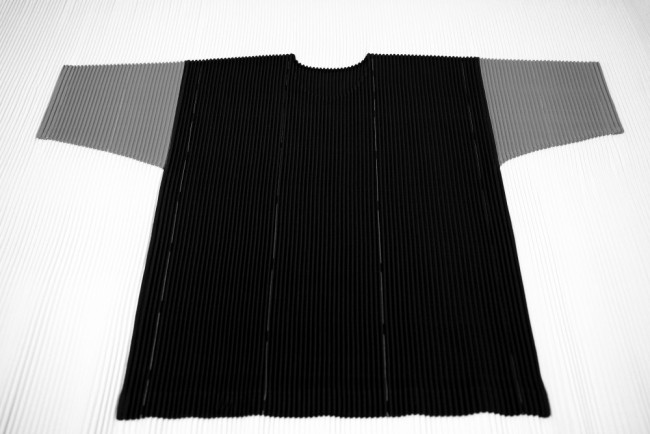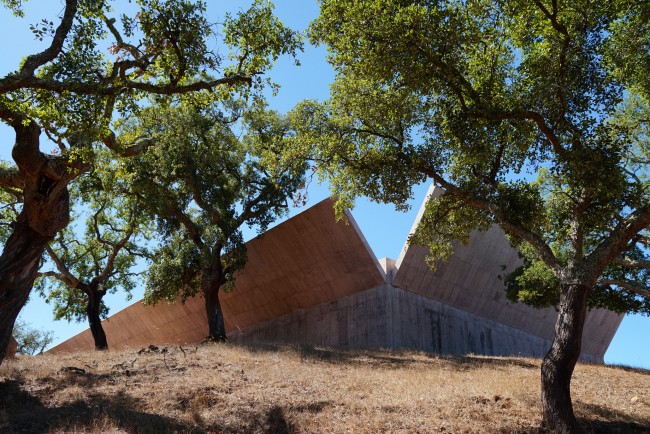BOOK CLUB: SHIGERU BAN
Pragmatism breeds innovation. This much is made clear in Shigeru Ban: Humanitarian Architecture, a book published in conjunction with an exhibition of the same name at the Aspen Art Museum that opened last summer. (Ban, laureate of the 2014 Pritzker Prize, also designed the museum’s building.) The 280-page volume offers a multi-faceted account of the simple, low-cost structures that the Japanese architect has been producing for displaced people the world over for the past two decades. Through essays, interviews, and a richly illustrated project index, which includes many of Ban’s hand drawings, a vivid portrait of the architect emerges that foregrounds his thoughtfulness and compassion alongside his architectural ingenuity. Ample attention is paid to Ban’s paper buildings, such as his Log Houses, which employ hard paper tubes for walls and weighted beer crates for foundations. Such items had never been used as construction materials before Ban’s prototypes in the 1990s, which proved that not only are such materials inexpensive and readily available, but that the resulting structures are durable and easy to assemble. Since then the Log Houses have been deployed as temporary shelters in earthquake disaster zones from Turkey to the Philippines, each time with slight adaptations to local customs and conditions. Shigeru Ban: Humanitarian Architecture is an invaluable resource on the architect’s work, and could well serve as inspiration for altruistically inclined designers — considering the tens of millions of displaced people in the world today, whether through natural disasters or war, the need for architects like Ban is greater than ever.
Shigeru Ban: Humanitarian Architecture, exhibition catalogue (Aspen Art Press/DAP, 2014).





